Mojawa Mojo1 review: a bass-heavy bone conduction headset
The Mojawa Mojo1 is almost as impressive as the market leaders on the bone conduction headset market. Here's our review

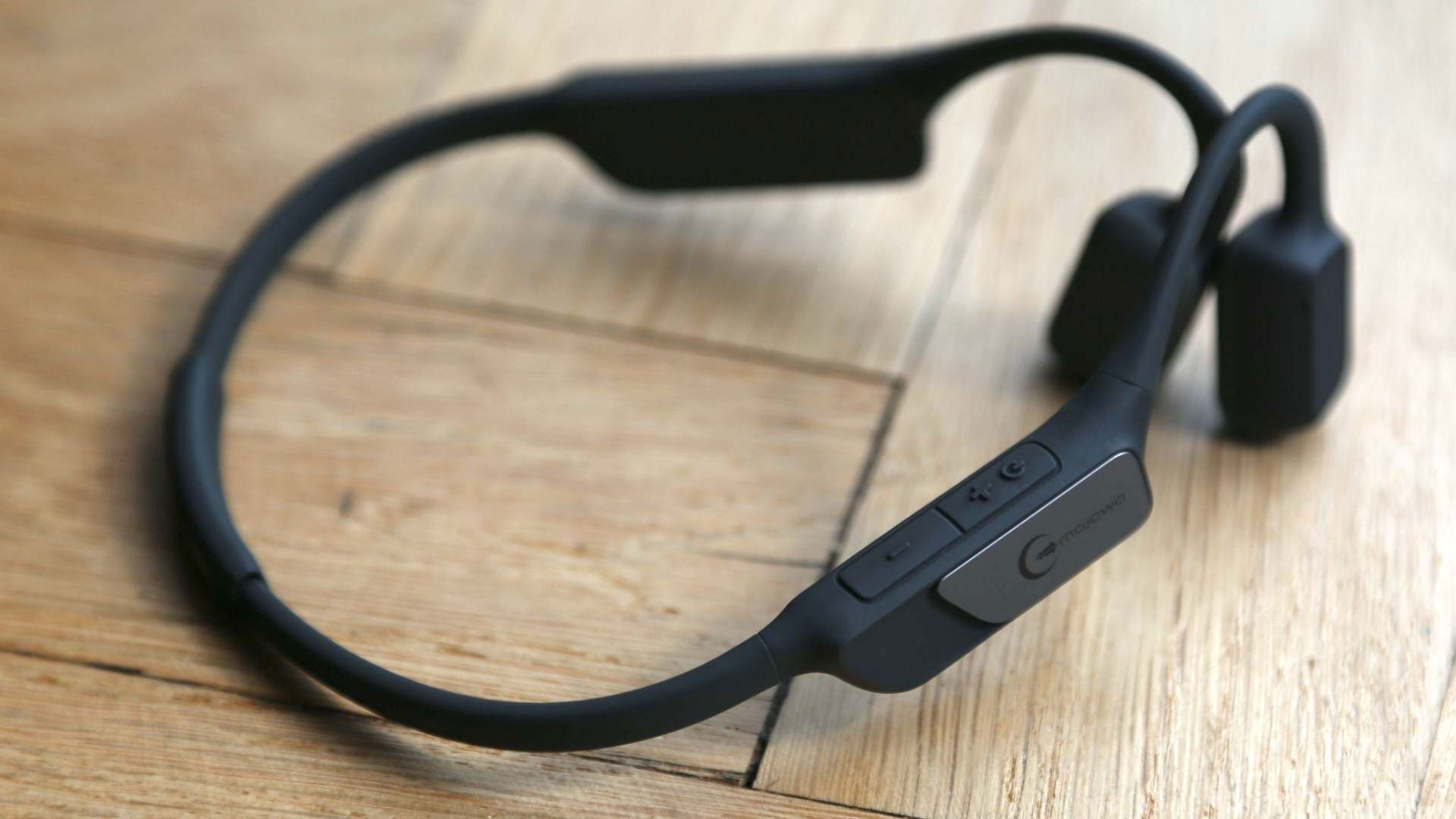
The Mojawa Mojo1 is the first product from challenger brand Mojawa, which has produced a bone conduction headset almost as impressive as the market leaders, adding extra bass and a cute reflective strip so runners can be seen after dark.
-
+
Low frequency sound
-
+
Clip-on reflective strip
-
+
Lightweight design
-
-
Big transducers
-
-
Proprietary charging cable
-
-
Clumsy pause button
Why you can trust T3

The Mojawa Mojo1 reviewed here is a bone conduction headset with reflective detailing on the headband. That’s genius! Considering that bone conduction gear is mainly used for running the Mojo1’s safety-first ‘Alula’ clip-on reflective strip feature is welcome, but there’s a lot more to like about this challenger brand’s debut product.
Positioned to take-on market leaders Shokz’ OpenRun bone conduction headset, Mojo1 has the same target market and yet manages to be subtly different. Read on to learn why it ranks with the best bone conduction headphones.
Mojawa Mojo1 review: price and release date
The Mojo1 first went on sale in January 2022, with Mojawa asking $129.99 / £95.37 / AU$180.12 on its own website. They’re available in black, green and grey.
Mojawa Mojo1 review: design and fit
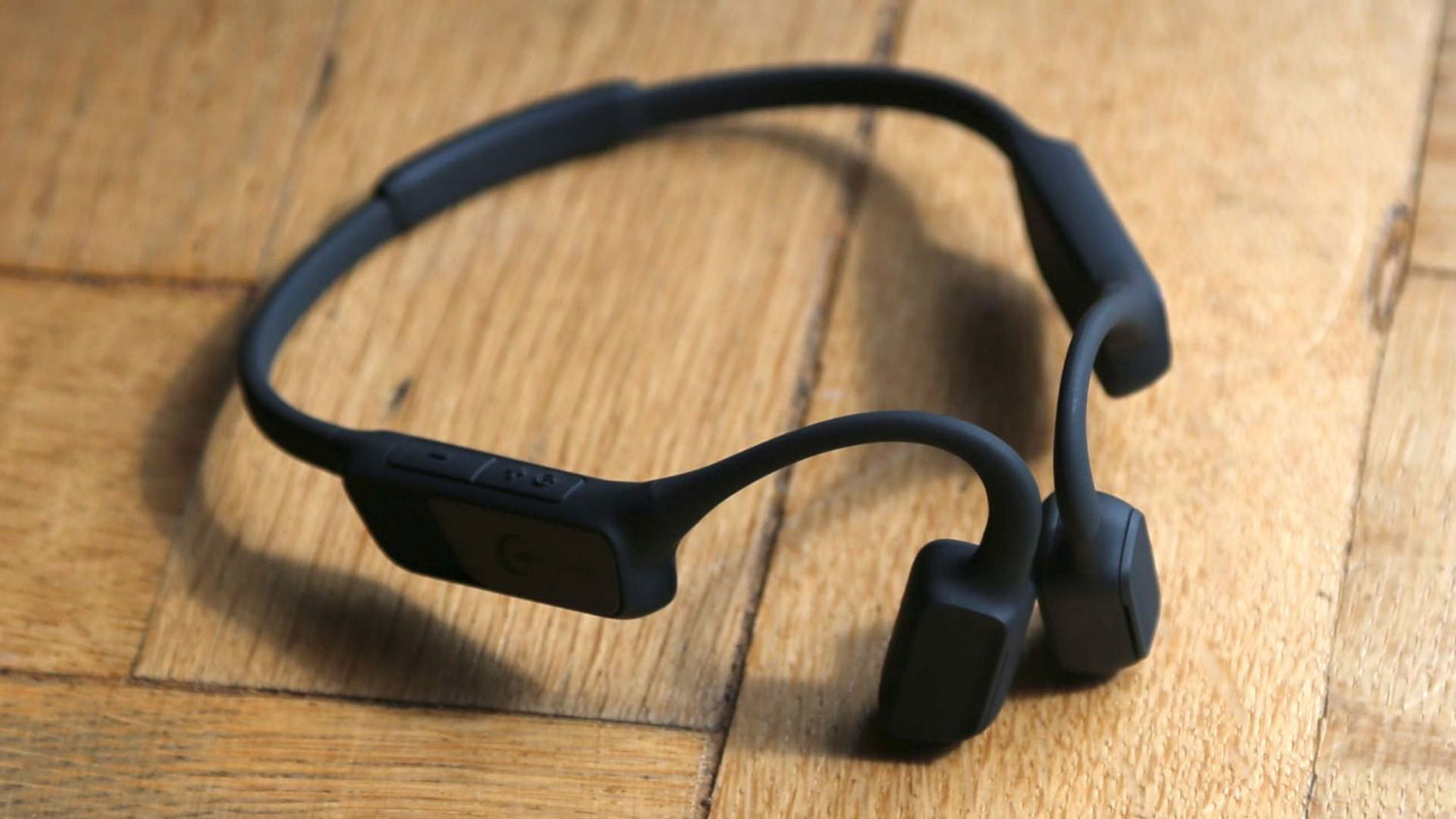
Mojawa Mojo1 review: specs
Battery life: 8 hours
Recharging: proprietary charging cable
Weight: 34g
Bluetooth/MP3: Bluetooth
Like a lot of its rivals, the Mojo1 is IP67-rated. That means it's weatherproof, so will easily cope with the rain and sweat it’s going to encounter on a run or in the gym. Its basic design is the same as any other bone conduction headset; it’s built around a flexible metal headband that supports a transducer on each side, which hooks over the wearer’s ears. Its transducers are a little on the large side, coming to rest just in front of the ear on the cheekbone.
The headset itself is covered in a soft touch silicone layer that not only protects it, but also allows it to have a little friction. That way it doesn't move when in contact with skin, although if you have a lot of hair you may get in a tangle. Although most of the product stays still I did notice the transducers moving about slightly. It’s not a huge issue but you may find you have to fiddle with the positioning of the headset just a little too often.
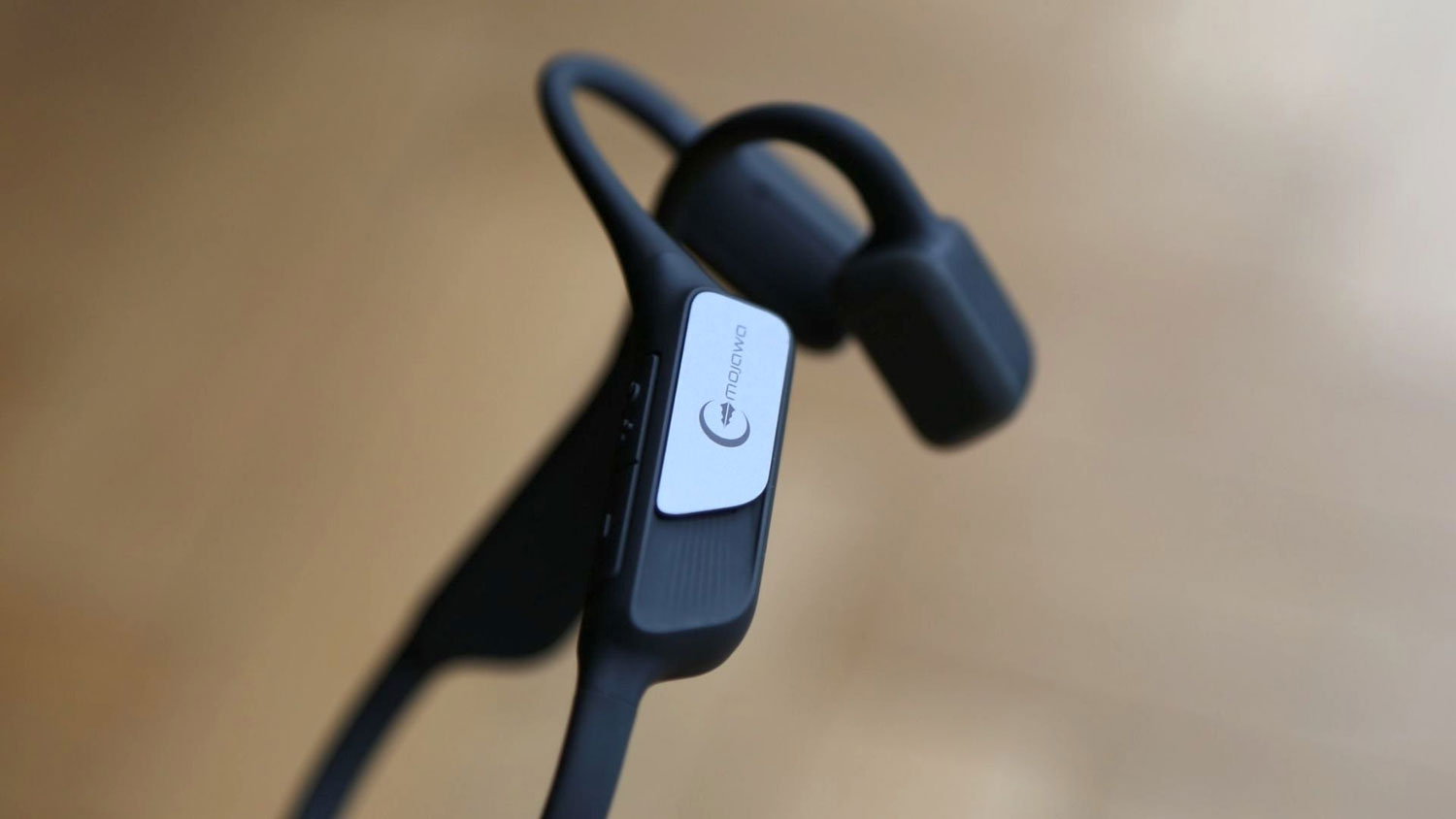
Like the latest generation of bone conduction headset from the market leader, the Mojo1 uses a magnetic charging cable. It's about 80 cm long and attaches to some gold connectors on the skin-side of the headset. However, its magnetism isn’t all that strong and, besides, it’s way too easy to lose the cable and hence have no chance of recharging the Mojo1. That’s a particular risk if you want to travel with the Mojo1. Wouldn't it be better just to use a USB-C slot like all other gadgets and, increasingly, smartphones?
Although at 34g the Mojo1 weighs a little bit more than its rivals, we're only talking a few grams. Some of that comes from those tiny reflective clips that attach to the rear of the headband. There are actually two in the box so you can clip one on each side, or have them on the back. Replacements are available from the Mojawa website.
Get all the latest news, reviews, deals and buying guides on gorgeous tech, home and active products from the T3 experts
Mojawa Mojo1 review: sound and features
Inside the Mojo1 is a 150mAh lithium-ion battery that manages just north of eight hours. Compared to the Shokz OpenRun, the Mojo1 does lack a quick-charge option, though we've got no complaints since eight hours – and, in practice, a tad more than that – should see most runners through week's worth of exercise. The battery takes about 80 minutes to fully charge.
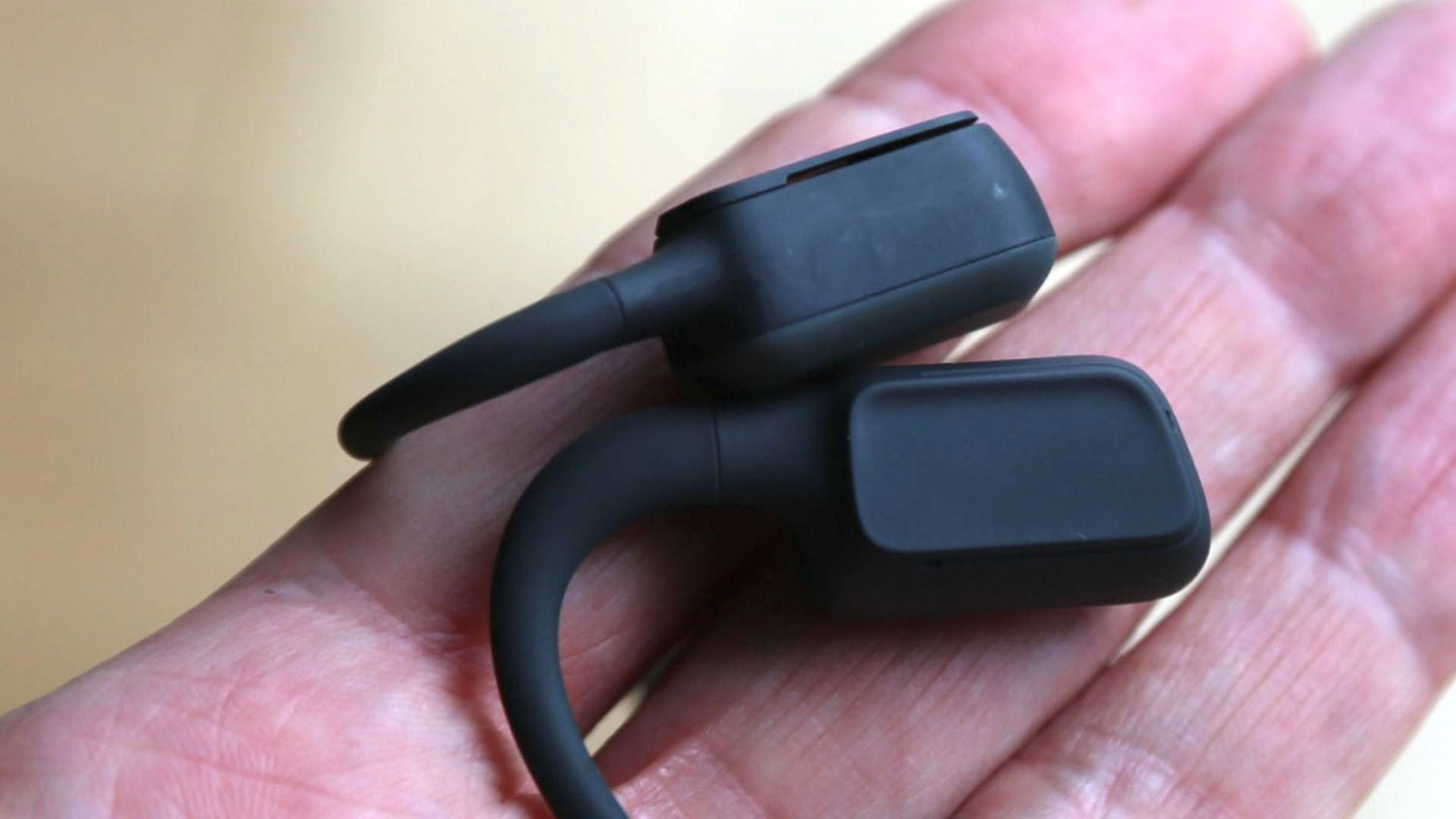
The Mojo1 sounds a little different from its rivals. While most bone conduction headsets concentrate family on the midrange, the Mojo1 impresses with low frequency sound. You're not going to want to turn it up too loud, because basslines can result in a slight tickle on your cheekbone, which is a very odd feeling at first. However, more of a problem is that the Mojo1 can shift slightly while you're wearing it, not because it slips per se, but because the transducers are so darned large. Consequently, they sometimes fall slightly out of sync, making perfect stereo sometimes a little tricky to achieve. Compared to OpenRun there’s a slight lack of treble clarity, too.
Something I become used to from using Shokz products is a small easy-to-reach pause button, which is really useful when out running or shopping. However, unlike Shokz products the Mojo1 has this control covering an entire transducer. That means you have to physically push one of the transducers against your cheekbone to pause the music. It works fine, but it's a slightly ham-fisted solution to a very simple problem.
- Get going with the best running headphones
- Dive into our roundup of the best swimming headphones
Mojawa Mojo1 review: alternatives to consider
For slightly clear sonics head to the Mojo1’s nearest rival on price, the Shokz OpenRun, which also boasts an eight hour battery life. You could consider upgrading to the Shokz OpenRun Pro’s superior sound quality if you’re feeling flush, which will get you a whopping 10 hours of run-time. However, if you’d rather spend as little as possible on your first bone conduction headset then seriously consider the Shokz OpenMove, a slightly less comfortable bone conduction headset with a slightly shorter battery life (about six hours) that nevertheless offers good sound.
Mojawa Mojo1 review: verdict
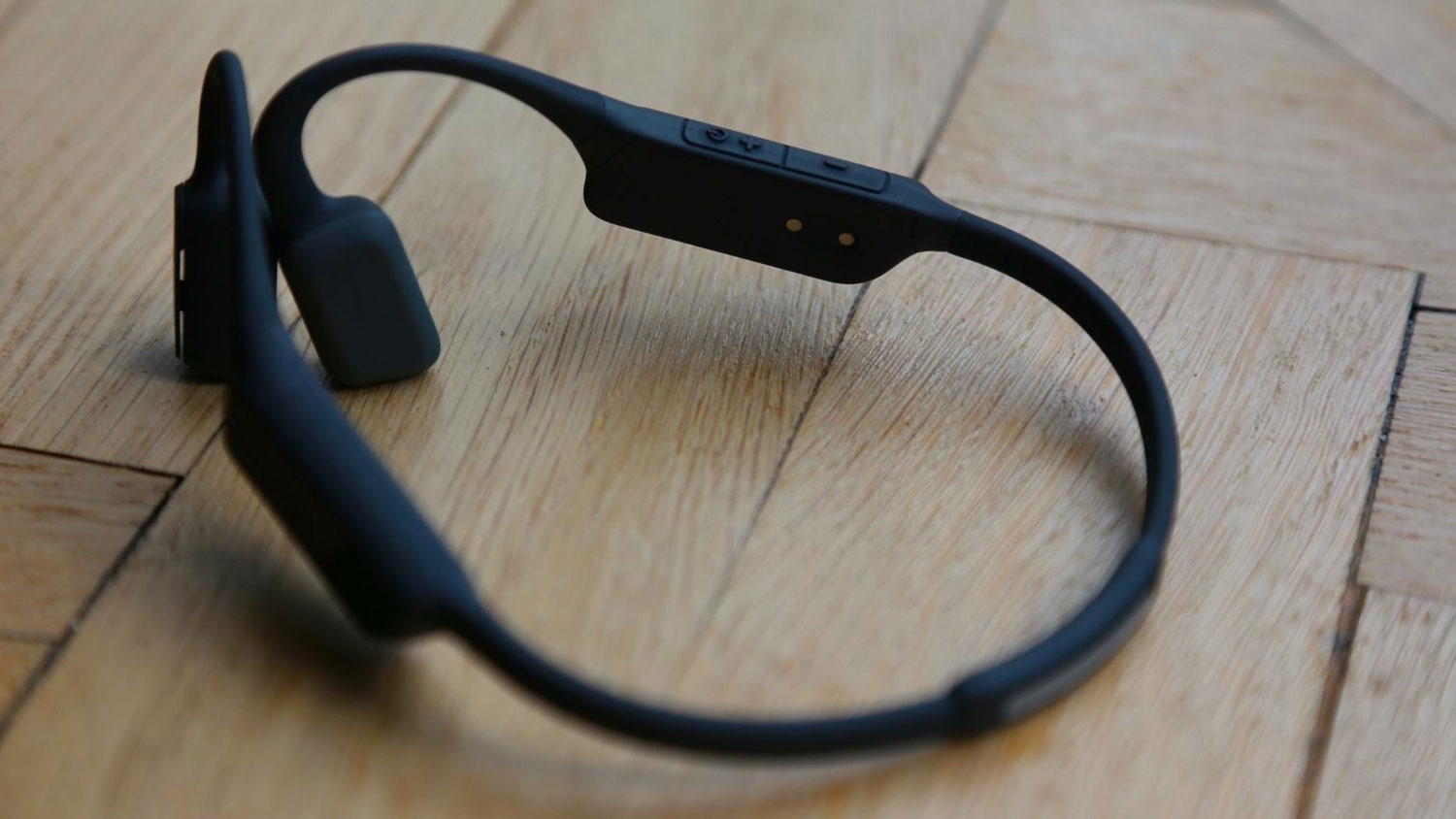
The Mojo1 from challenger brand Mojawa is an impressive debut, with large transducers producing more bass in a soundfield that’s distinctly different to Shokz products (though the slight drawback is a lack of ultimate treble clarity). I love its provision of a couple of reflective strips that can be clipped-on to the flexible headband, though not its proprietary charging cable, which isn’t strong enough and is also easy to lose.
Jamie is a freelance journalist, copywriter and author with 20 years' experience. He's written journalism for over 50 publications and websites and, when he's not writing, spending most of his time travelling – putting the latest travel tech through its paces.
